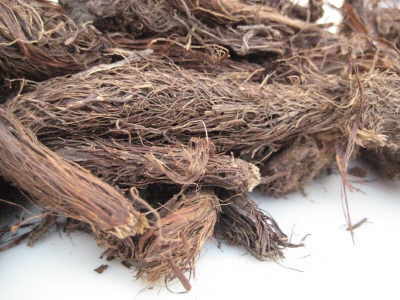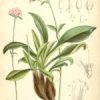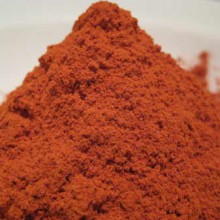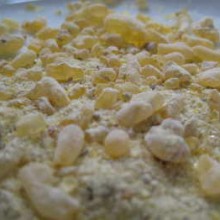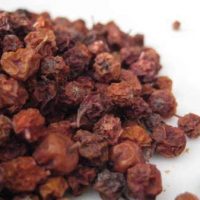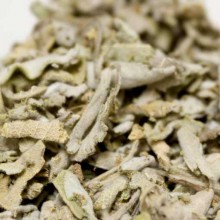Spikenard (Nardostachys jatamansii) is actually a rhizome rather than a root and is found in India, Nepal, Bhutan, and Sikkim. It grows in Himalayas at altitudes from 9,000-17,000 feet. It is the biblical referenced herb. It is used in Catholic iconography to represent Saint Joseph (the father or foster father of Jesus)and Pope Francis has included a representation of the herb in his coat of arms.
It is also called Nard, Nardin, and Muskroot
It belongs to the same family as Valerian
The ancient Greeks also called Lavender – nardos, or nard after the sanskrit narada or Nalada which has caused confusion over time.
Traditional Uses for Spikenard:-
In Ayurvedic medicine it is considered an aromatic, antispasmodic, carminative, deobstruent, digestive stimulant, diuretic, emmenagogue, nervine, reproductive, tonic.
It has been used as such, generally in an infusion, for the following conditions
convulsions
digestive diseases
epilepsy
flatulence
gastric disorders
heart palpitations
jaundice
kidney stones
respiratory diseases
skin conditions
typhoid
seminal debility
Mixed as a paste with water it is used as a skin treatment for improving the look of skin and reducing inflammation, and improving skin texture.
As an aromatic it is used in perfume and incense
It has no toxicity if used in regular doses but has been reprted to have slight narcotic effects in extreme doses. It is very rare
History of Spikenard:-
Spikenard was used to perfume the body of Patroklos by Achilles in Book 18 of Homer’s Iliad.
In his Natural History, Pliny lists 12 species of Nard including Lavendula and Valerian
It was a very common flavouring in Ancient Roman foods and occurs frequently in the recipes of Apicius although, understandably, he recommends it to be used sparingly.
Spikenard was used to season foods in Medieval European cuisine, especially as a part of the spice blend used to flavour Hypocras a famous sweetened and spiced wine drink. From the 17th century it was one of the ingredients for a strong beer called Stingo.

